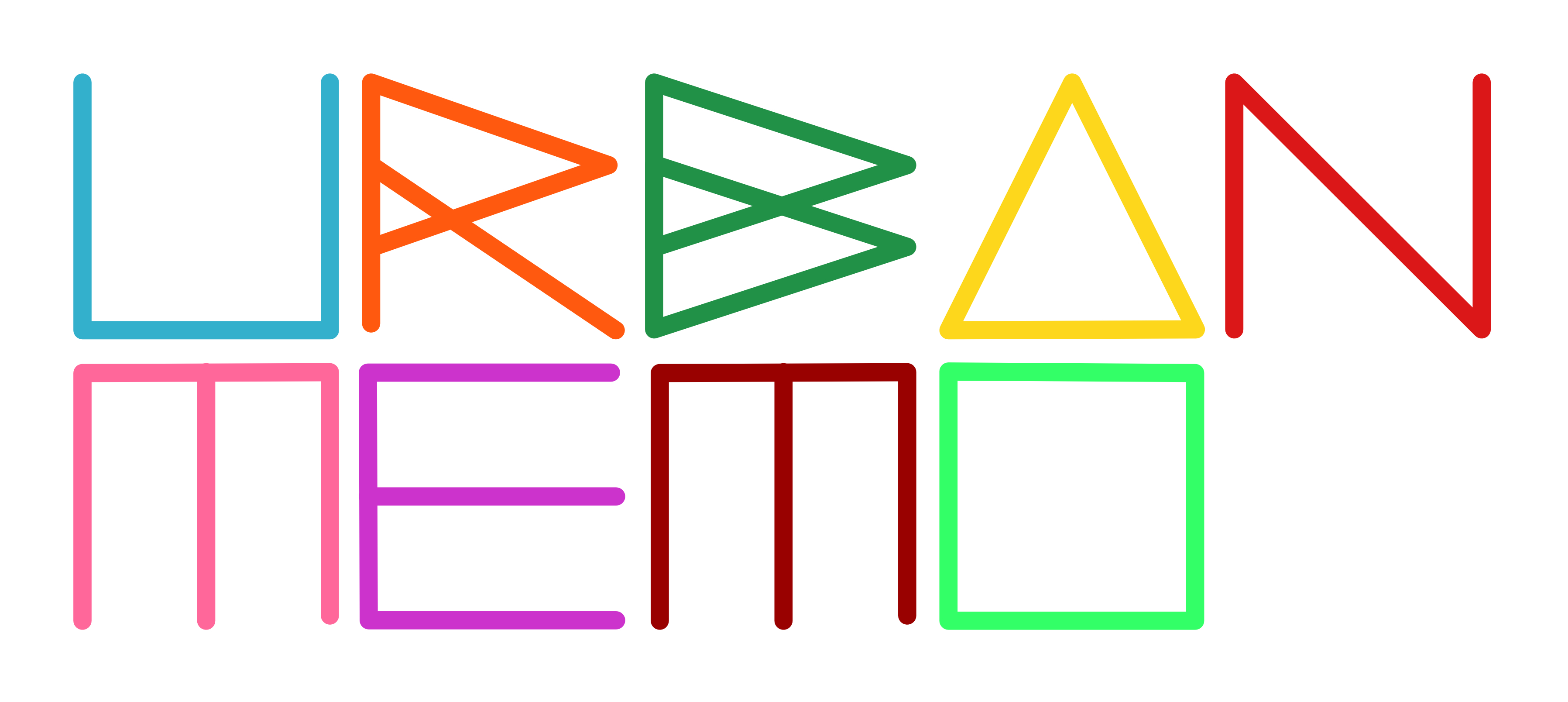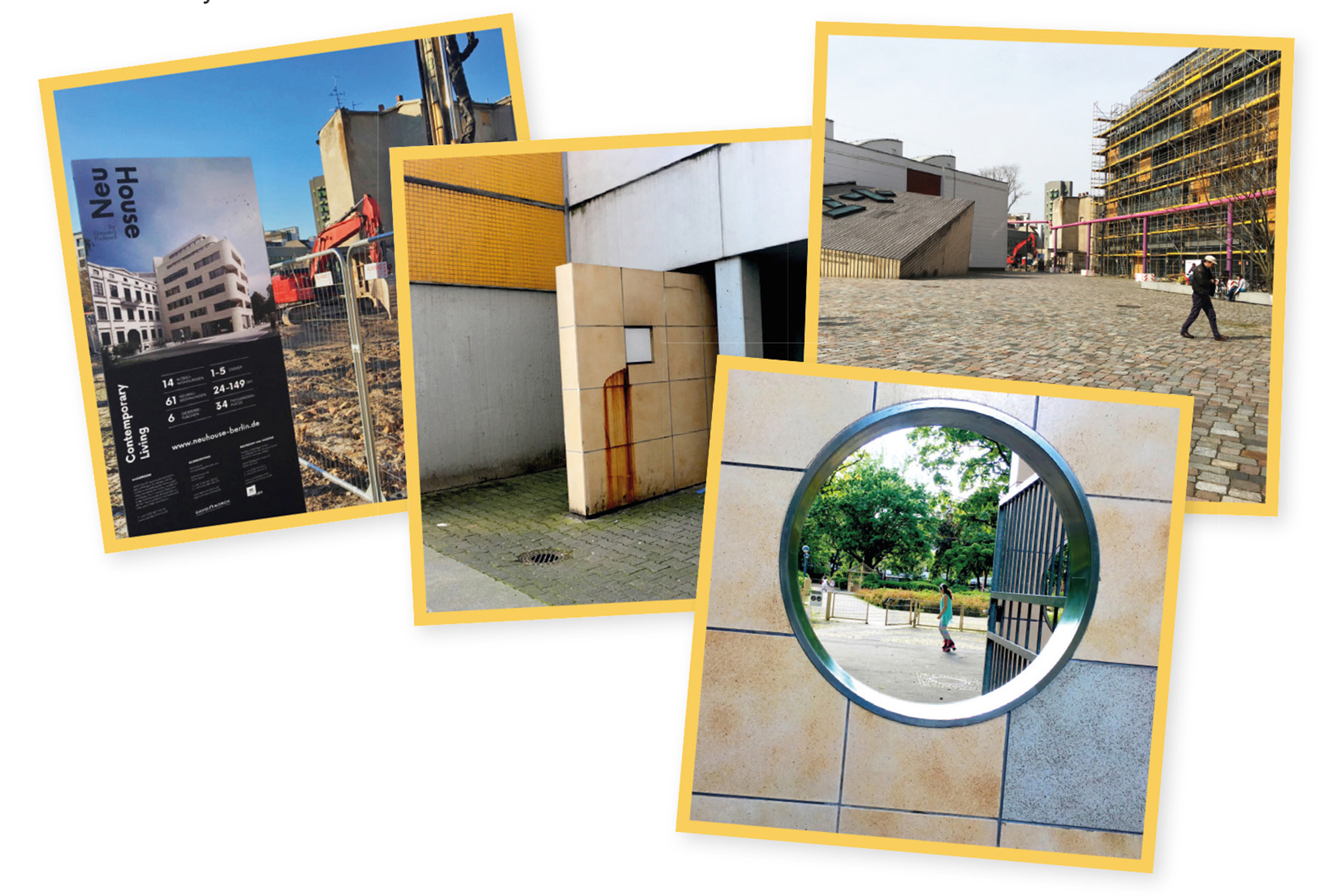URBAN MEMO

Urban Memo is a methodology developed by Tesserae to facilitate participative processes. It is aimed at assessing urban territories, engaging local communites and scripting place narratives. The Memo lab is based on conceiving, designing and realising a variation of the popular Memory card game with images captured by the participants. The concentration game, popularised by the German brand Ravensburger as Memory, is a well know table game. Its simple structure is based on two sets of cards that the player need to match to make points. Since its appearance, a great variety of memory games have been produced as recreational and educational tools, art objects or design experiments.The collaborative design of the memory game is employed by Tesserae as a flexible instrument for facilitating urban surveys and participative processes. Urban Memo is a co-design methodology aimed ad engaging small groups of participants in a situated reflective practice. It is employed to improve their capacity to use photography and graphic composition, and to foster collective reflection and elaboration on a given socio-spatial context.

Purpose. The Urban Memo methodology can be applied to the purpose of investigating the history of a territory, to capture its existing conditions and current transformations, and as a preparatory step for project interventions or local policy making. An Urban Memo workshop can be developed with a participatory and political approach to spatial development, for practical design purposes or as a tool for artistic practice or documentary projects. The Urban Memo worksop module can complement processes of assessment i.e. in combination with URBAN RECONNAISSANCE Labs, to rearrange materials and knowledge produced during the UR survey or to draft ideas for projects and interventions. It can be employed also to create storyboards for scripting narratives or documentaries, i.e. used in combination with the URBAN SKETCHES digital storytelling method.
Beneficiaries. The Urban Memo methodology is intuitive and visual. It builds on universal codes of graphic language and user friendly production means. It can be easily employed by people with any background and expertise, either adults, elderly people or children. It works as an effective intergenerational and intercultural mediation tool, facilitating the confrontation of diverse perspectives on places and stances of local communities.
Structure of the lab. An Urban Memo lab consists basically of five phases that may assume different relevance according to the purpose of the lab and the participants interest:
- definition
- collection
- selection
- production
- application
Through these different stages the group designs a cognitive process that includes setting objectives; exploring a spatial context, capturing impressions and information; refining graphic and photographic composition, selecting and editing contents; finally, delivering a creative and aesthetically valuable artefact and employing it in an entertaining reflective practice.
Download the PDF URBAN-MEMO-LAB here for more info
